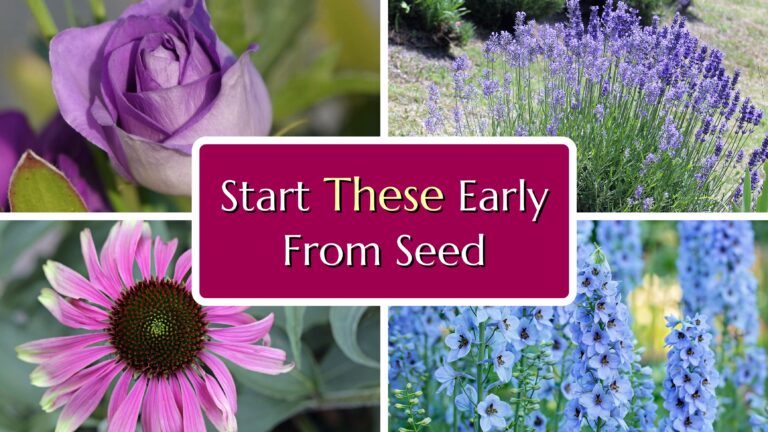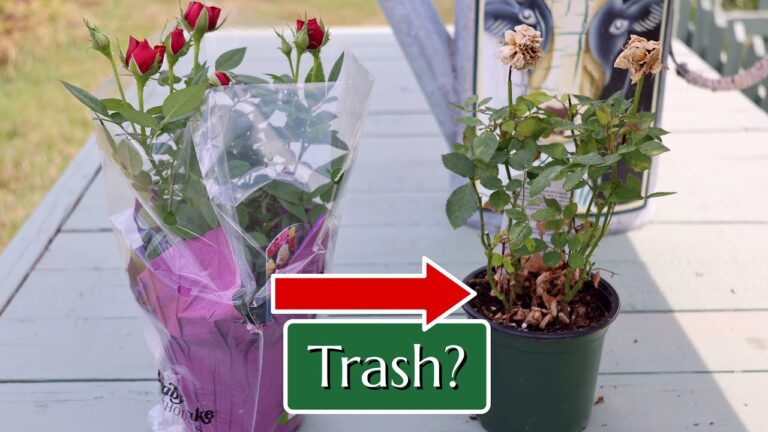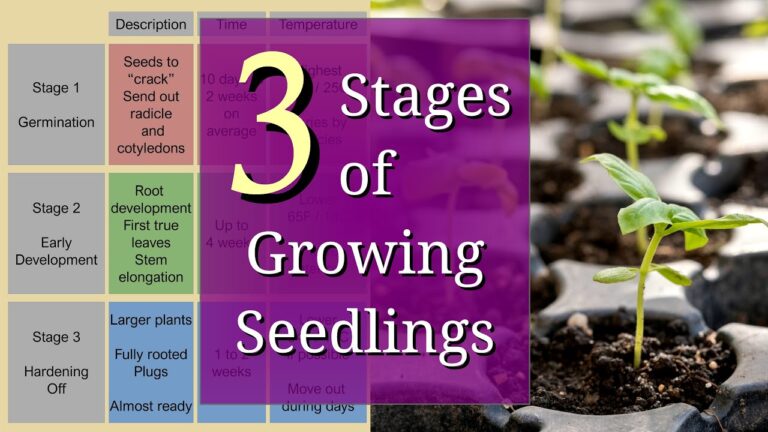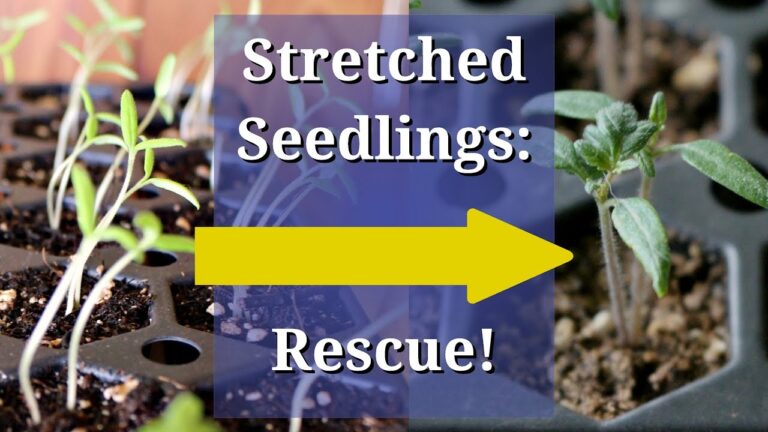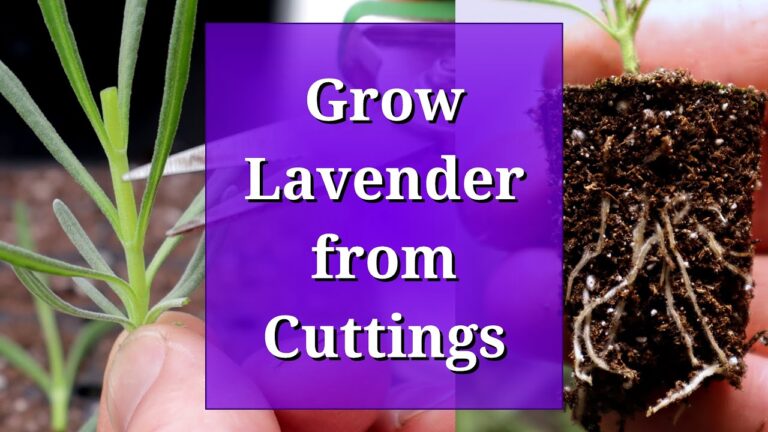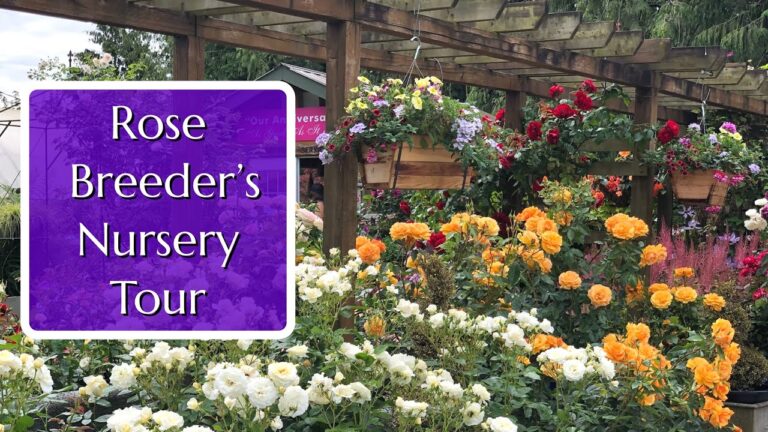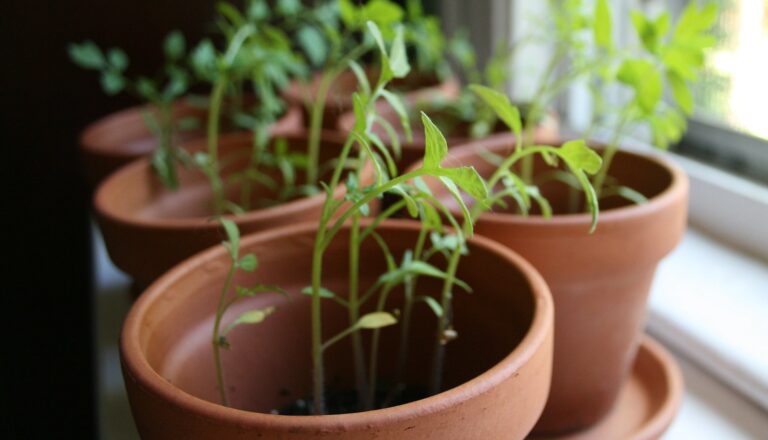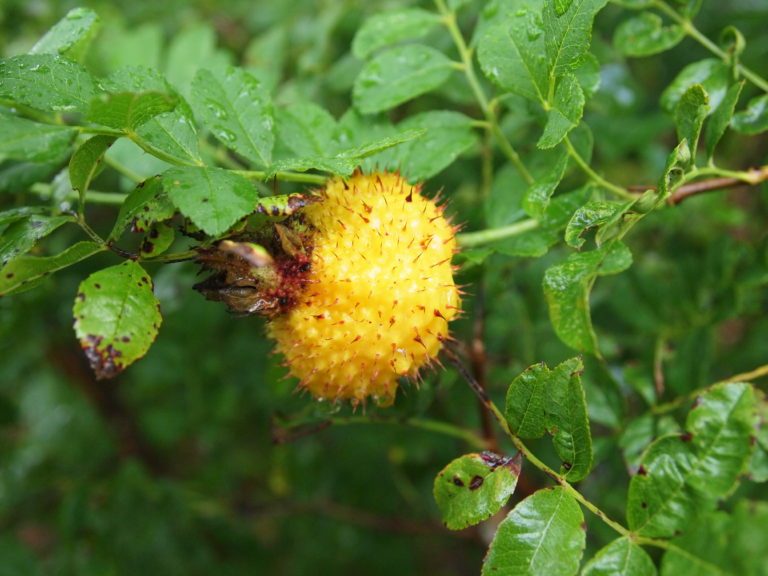12 Seeds to Start Early – And Why It’s Worth It
If you’ve ever found yourself wondering why some plants seem to thrive while others barely make it through the season, the answer often lies in timing. Starting seeds early can make all the difference – especially for those in cooler climates with shorter growing seasons. By giving your plants a head start indoors, you’re setting…

